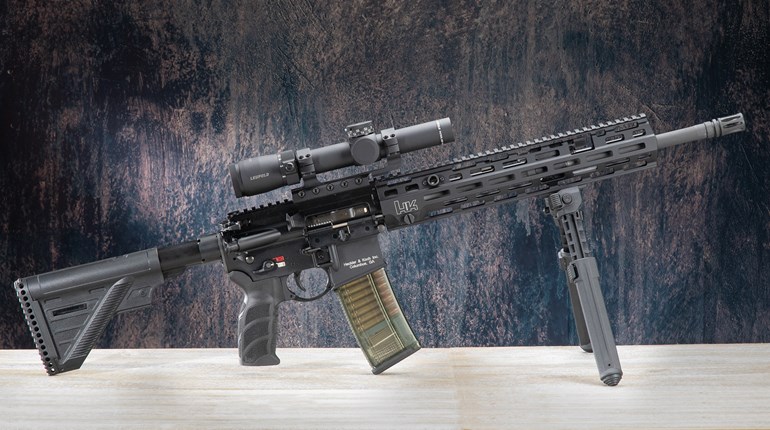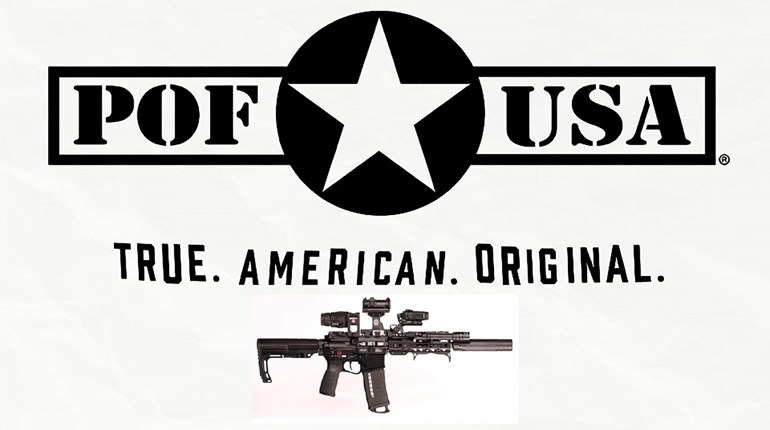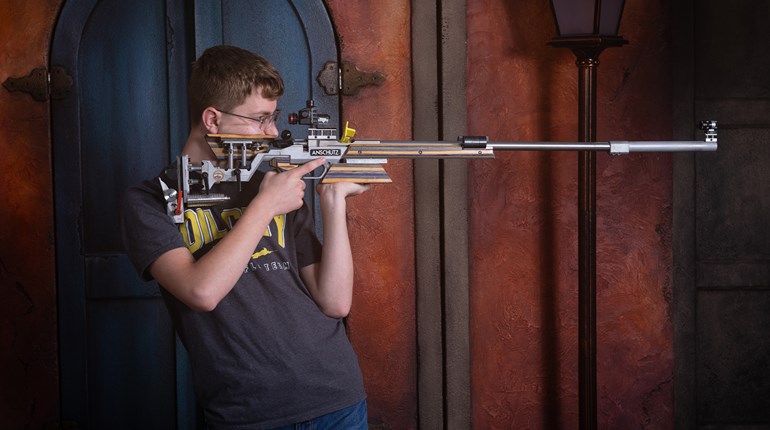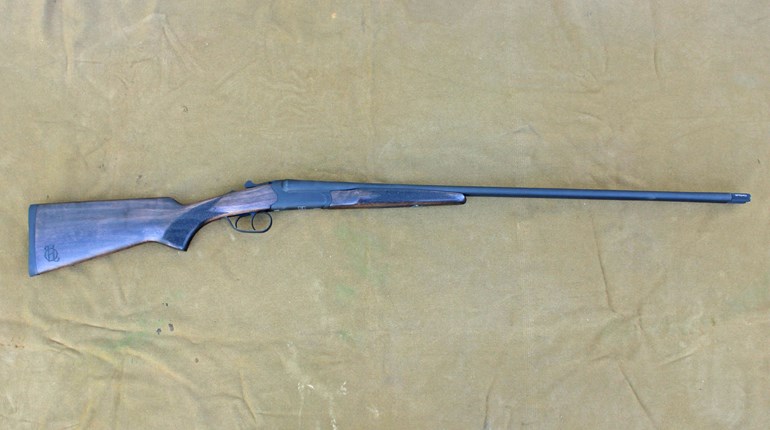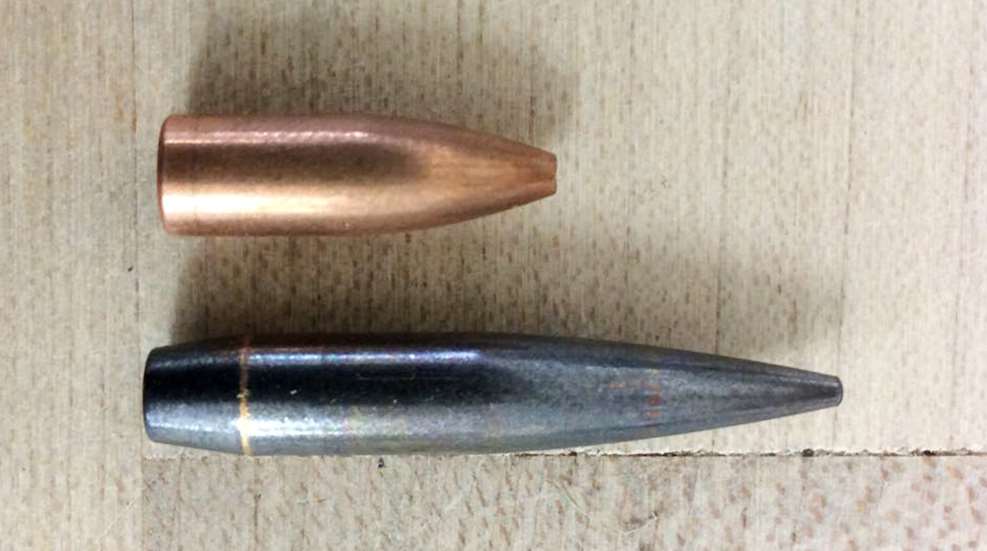
WARNING: All technical data in this publication, especially for handloading, reflect the limited experience of individuals using specific tools, products, equipment and components under specific conditions and circumstances not necessarily reported in the article and over which the National Rifle Association (NRA) has no control. The data has not otherwise been tested or verified by the NRA. The NRA, its agents, officers and employees accept no responsibility for the results obtained by persons using such data and disclaim all liability for any consequential injuries or damages.
In this article, we conclude our discussion of loading accurate ammunition economically. Readers who missed Part 1 and Part 2 of this series may wish to read the previous articles for some very useful information.
To review, open-tip bullets (i.e., solid base, soft points or hollow points) tend to be much easier to make accurate than FMJ (open base) bullets. Therefore, we explored the use of lighter, 50-55 gr. varmint or match bullets for accurate, less-expensive practice at 100-200 yards.
When choosing hunting bullets for AR-15 use, HP bullets are preferred due to the SP’s exposed lead tips being damaged by feed ramps. In last week’s example, we reduced the cost of 1000 match-accurate 55 gr. HP .223’s to $211.00/1000 rounds, or $4.22/box of 20.
We also discussed the benefits of bullets with a more blunt profile for short-range use, as their ogives are nearer to the lands than their more streamlined cousins. This can be especially helpful in improving accuracy in barrels with worn throats or over-sized, long-throated military chambers. Bullet designs vary, and some 50-55 gr. bullets jump significantly farther to reach the rifling when seated to magazine length than others.
Several years ago, before the recent component shortages and price hikes, handloaders had a wide variety of bullet styles to choose from, at prices about half the current rate. At present, obtaining any particular bullet design/weight can be a matter of timing, as they go into production, are snapped up on the market, and disappear again for several months or longer.
Thus, being able to take a quick, educated guess at bullets’ relative performance when seated at magazine length, based on their bullet jump, can be helpful. This is especially true when using worn or NATO-chambered barrels.
To illustrate, this writer measured several available bullets using an ogive comparator when seated to 2.260” OAL. Inclusion or exclusion from this list does not imply endorsement or lack thereof by the U.S. Army Marksmanship Unit. It merely represents a sampling of available bullets for educational purposes. The measurements are from cartridge-base to ogive.
Bullets with longer measurements jump less to the rifling than those with shorter base-ogive lengths. For example: compare the 50 gr. Speer TNT with the Sierra 55 gr. BTHP. The difference is 0.119”; thus, the Sierra sits approximately 0.119” closer to the rifling than the Speer.
**NOTE: The 80 gr. Sierra MK is included at magazine length to show the relative jump of a long-range, single-load, high-BC bullet. This should help illustrate one reason why they are very rarely, if ever, used at magazine length.
Bullet Wt. Maker/Style B-O Length
- 40 gr. Hornady V-MAX 2.837”
- 40 gr. Nosler Ball. Tip 2.822”
- 50 gr. Hornady V-MAX 2.830”
- 50 gr. Speer TNT HP 2.805”
- 52 gr. Sierra MatchKing 2.877”
- 55 gr. Berger BR HP 2.835”
- 55 gr. Hornady V-MAX 2.840”
- 55 gr. Sierra BTHP 2.924”
- 60 gr. Sierra HP 2.860”
- 62 gr. IMI M855 FMJ 2.807”
- 69 gr. Sierra MatchKing 2.820”
- **80 gr. Sierra MatchKing 2.705”
If a particular bullet of interest becomes available for which one has no data, networking with friends to get a sample bullet might help. While today’s handloaders face periodic challenges in getting components for economical practice ammo, it can still be done and is still worthwhile.
Thanks to the U.S. Army Marksmanship Unit for allowing the reprint of their handloading tips.















